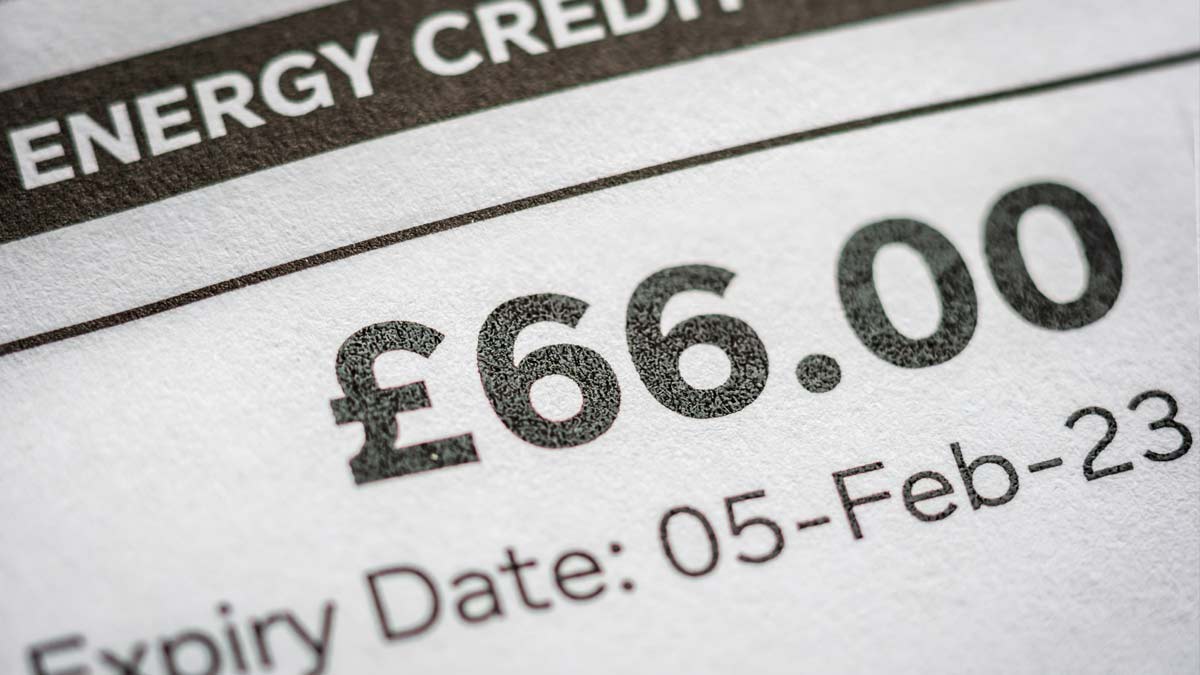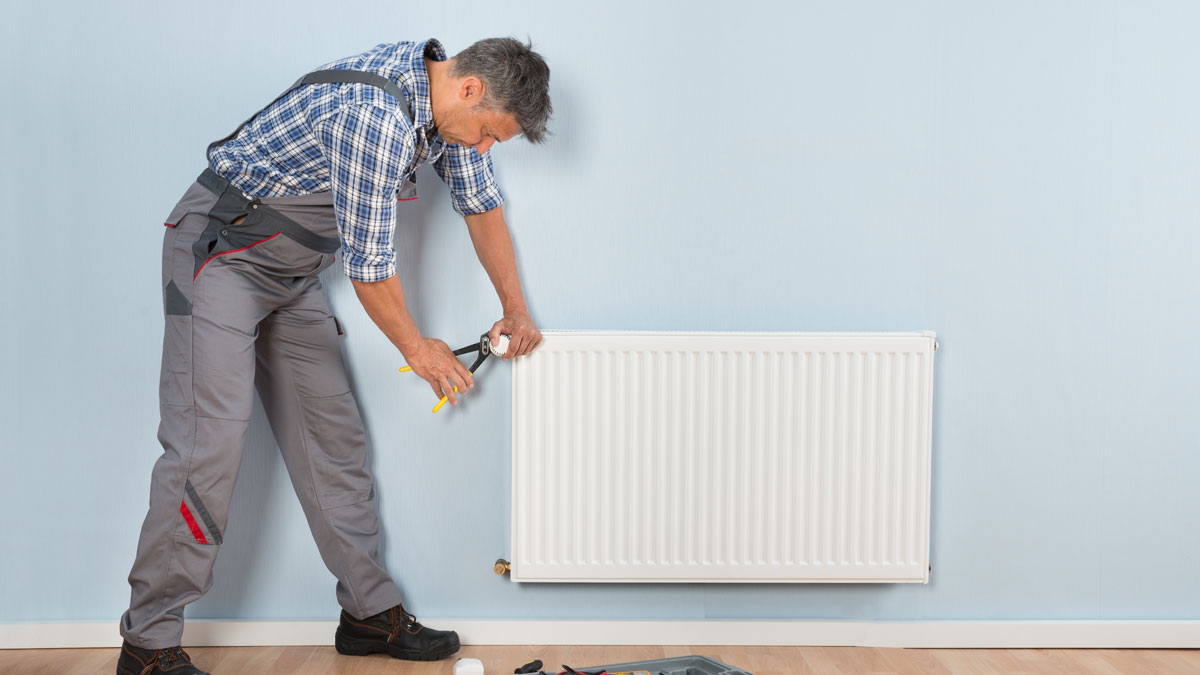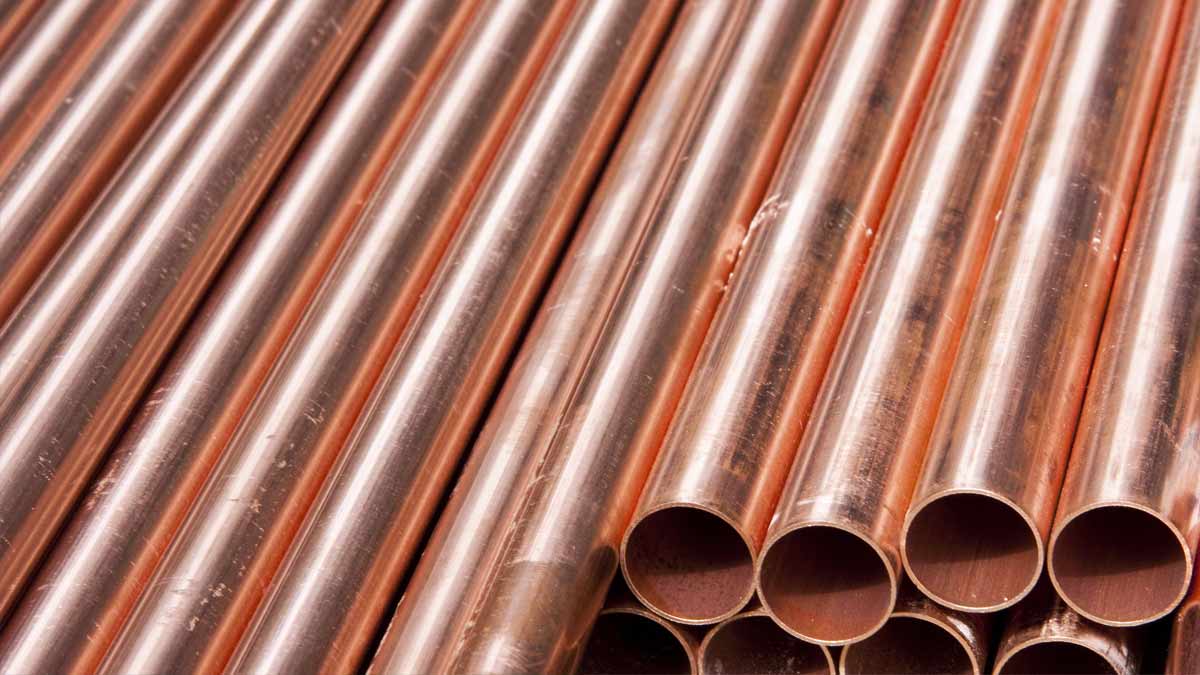Making your home more energy-efficient positively affects the environment and helps you save money on energy bills. Simple changes like replacing old lightbulbs and unplugging unused machines can make a difference, while more comprehensive changes like updating your air conditioning system or installing solar panels can have a transformative effect on your energy usage and reduce your utility bills even further.
The changes you make can assist in lowering your monthly utility bills and reducing your dangerous environmental impacts.
Use Energy More Efficiently
Nowadays, it is challenging to spare energy. But do not worry; we are here to help you figure it out. A few little changes can make a big difference in keeping warm this winter and save energy at home, so let’s go.
• Set your heating to start before you get up, and turn it off before sleep.
• Drop the curtains whenever it’s dark. Fold them behind the radiator and close the doors to rooms you often use to keep the heat inside the room.
• Use a hot water bottle or electric blanket to stay warm.
• Ensure your house is sufficiently insulated.
• Set different temperatures in different areas.
• Use energy-efficient heaters.

How to Control Your Central Heating System and save money on energy bills
1. Set your room thermostat.
A room thermostat prevents your heating system from using more fuel than it requires. It will keep the heating on until the room gets the temperature you set and turns it off when it goes above your programmed temperature.
The thermostat is supposed to be set to the lowest comfortable temperature, generally between 64°F (18°C) and 70°F (21°C). There is no need to turn your thermostat up whenever it is cold outside; the house will heat up to the set temperature.
2. Learn how to use your programmer.
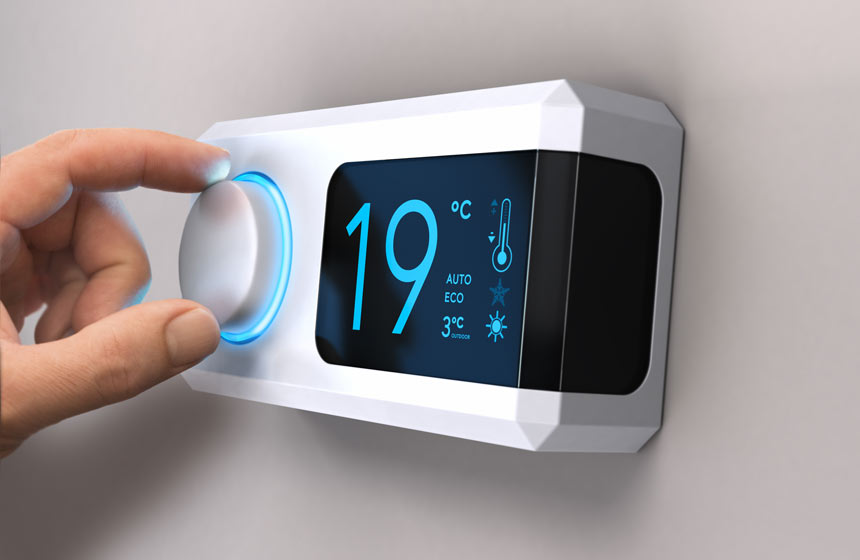
A timer or programmer will let you control when heating and hot water come on and go off.
This is practical because you can program your central heating to fit the way your home is used. If you’re not at home or don’t need heating at night, for instance, then you can program the heating system to switch off during these times.
Programmers will let you set on and off periods. You should set the central heating program to come on half an hour before you get up and go off half an hour before you sleep. And if the house is not in use during the day, you can manage without heating.
3. Use thermostatic radiator valves.
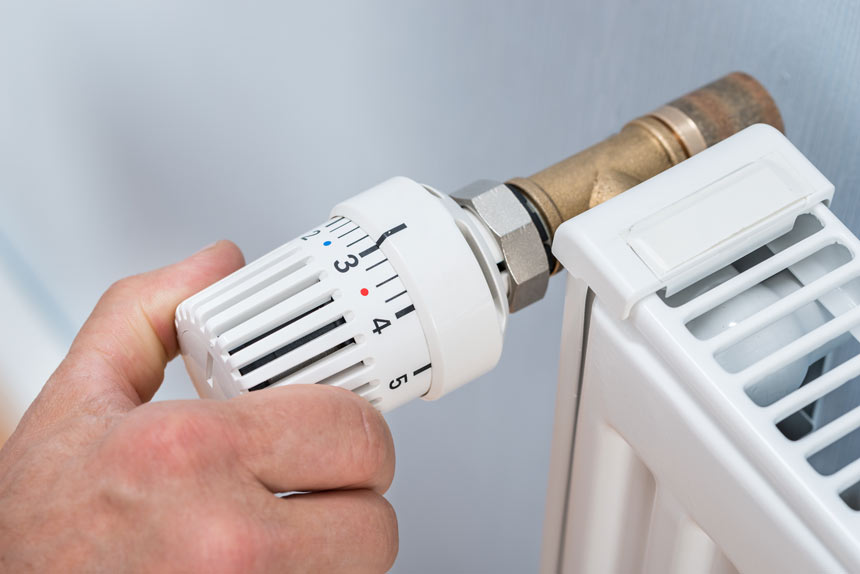
Thermostatic radiator valves will let you control the temperature of your radiators so that you can turn down the heat in rooms that are not in use. They sense the air temperature around them. It will close if the room is warmer than the TRV setting. If the temperature is lower than the valve setting, it will open, increasing the flow of hot water into the radiator.
4. Check your boiler thermostat.
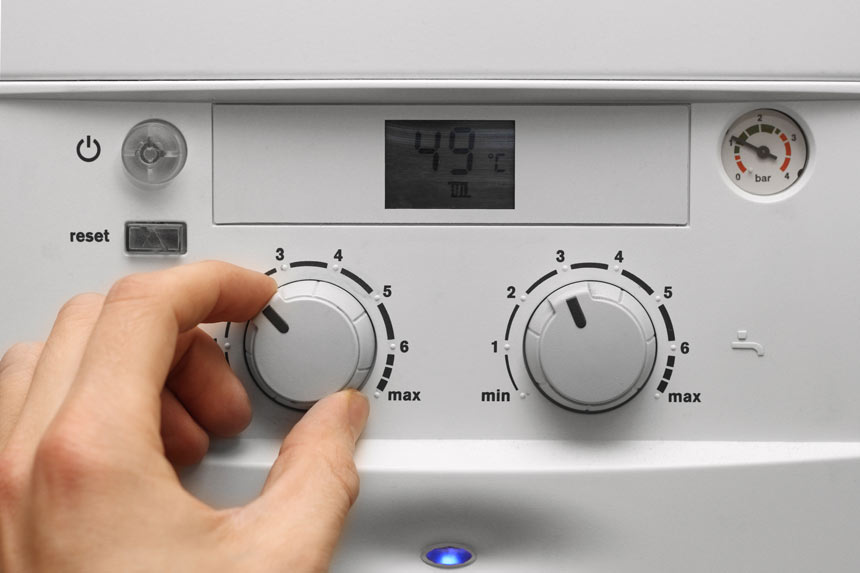
Your boiler is supposed to have a dial or a digital temperature setting, typically marked in numbers or from minimum to maximum. This sets the temperature of the water pumped from the boiler through the radiators to heat your home.
5. Invest in smart heating controls.
Companies deliver advanced smart controls for central heating systems that connect to the Internet, letting them be accessed and adjusted remotely. One advantage of an intelligent heating control system is that you have a chance to make changes remotely if your plans change.
Ways to Increase Energy Efficiency in Plumbing
Eco-friendly construction is about building more sustainably using green building materials, sustainable energy, and energy-efficient methods. Energy-efficient plumbing means less power and water, which translates to lower bills.
1. Protect the pipes
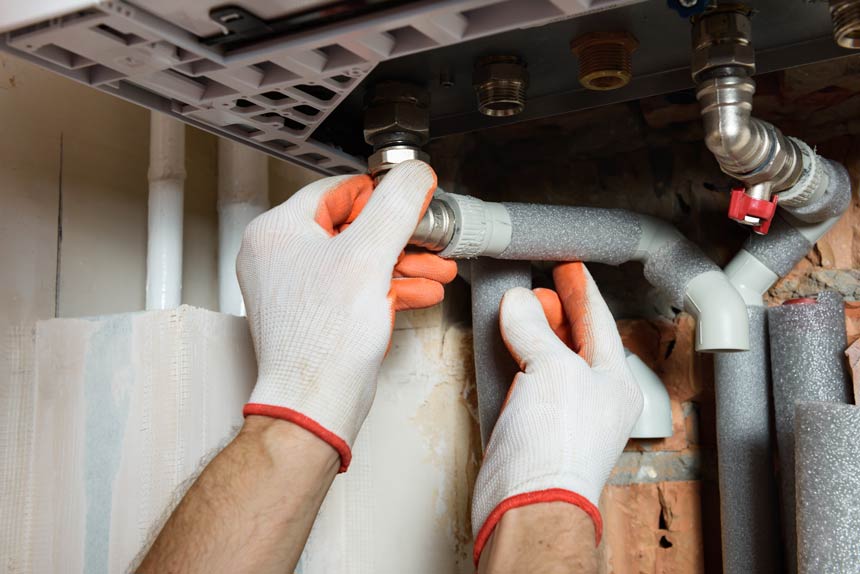
This one is basic but relatively simple, with a significant profit margin. Most pipe insulation is the foam that comes in cut lengths that must be fitted to the pipes. For challenging parts, there is also foam tape that can be manually covered around the pipes.
2. Low-Flow
Low-flow toilets perform as well as traditional bathrooms but are 20% more energy efficient. A new standard toilet utilizes about 1.6 gallons per flush, in contrast to older toilets that can use as much as 8 gallons per flush.
3. Dual Flush Toilet Conversion
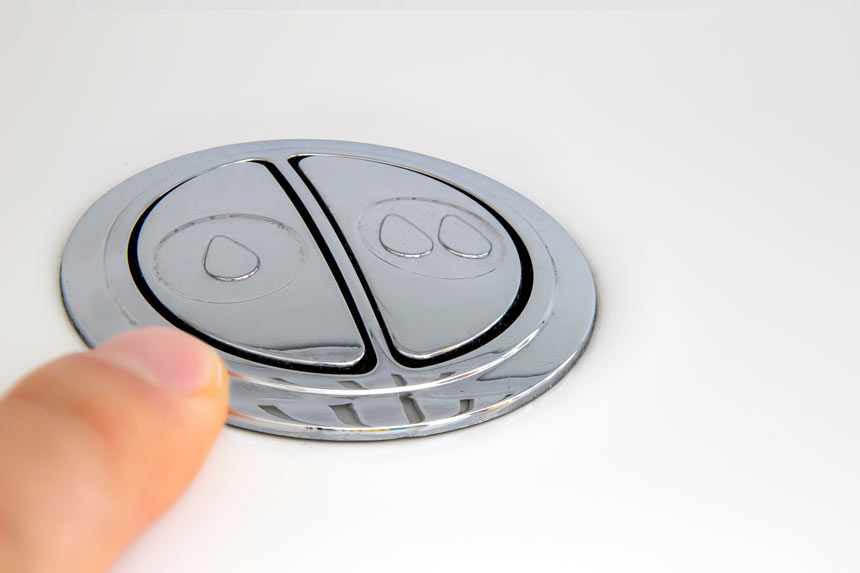
A dual-flush toilet allows you to press one button for a low-power flush sufficient for liquid waste and another control that delivers a full flush to rid the bowl of solid waste. Since most flushes are for liquid waste, this can be a significant difference.
4. High efficiency/condensing boiler
A high-efficiency boiler achieves higher efficiency by reducing water vapor in the exhaust gases and recovering the latent heat of vaporization, which would otherwise have been wasted. This condensed vapor leaves the system in liquid form via a drain. They save energy by being better at heating water.
5. Tankless Water Heater
There are a lot of advantages to a tankless water heater. There are two eco-friendly aspects. First, the units are longer lasting and smaller, so they fill up landfills less. Secondly, tankless units use less natural gas. This also allows for some consumer savings, though a small amount.
The more relevant direct advantages to consumers are the endless hot water, which can be a luxury for people from a cold climate who are used to a conventional tank.
6. Solar Water Heater
Also named solar domestic hot water systems, these heaters utilize solar panels to deliver the energy to heat water in place of traditional natural gas. Solar energy has been growing for a while now, but in the past five years, usage has increased dramatically.
The Most Efficient Heating System for Your Home
Before finding a heating system with a high rating of AFUE (Annual Fuel Utilization Efficiency), consider finding a heating system that is. Compatible with your home’s energy source. Some homes are set up for electric heating systems and others for natural gas. Here are three types of heating systems:
Furnace
If you have natural gas, furnaces are the most efficient heating systems. They work by heating air with a heat exchanger and pushing it into the home through a vent system using a fan or a blower. Moreover, they are affordable.
The latest technologies and components in furnaces can increase efficiency to extremely high levels. There are three varieties of furnaces: gas, oil, and electric. A natural gas furnace may cost less than an air-source heat pump, despite its lower heating efficiency.
Heat Pump
Heat pumps operate in the direction of catching heat and transferring it from one location to another, removing heat from your home to provide cooling in the summer and bringing the heat in from the outside to deliver heating in the winter.
A heat pump includes both an air conditioning and a heating unit. When it is hot outside, the unit grasps air from inside your home, releases the heat with a refrigerant, and pumps it back into the house as cool air. It gets air from the inside when it is cold and adds heat before sending it back indoors to warm your space. The heat pump never brought outdoor air inside. Besides, it provides excellent air filtration and a lack of noise. Just remember that the price of a heat pump depends on the type you get, including air-source, split-duct, and geothermal, and they may increase your electric bill just as much as they lower your gas bill, so that it could be a toss-up.
Residential Boiler
Residential boilers are the third most efficient home heating systems, producing hot water distributed through pipes and radiators inside your home. Boilers are less typical in homes than heat pumps or furnaces. Condensing boilers are even more efficient, with AFUE ratings of up to 95 percent. They use a second heat exchanger to remove heat from the exhaust gases before venting them outside. Through this process, they regain some of the heat that has already been paid for before it is lost to exhaust and ventilation operations.
Unlike a boiler or furnace, which burns fossil fuels to make heat, a heat pump moves heat through an outdoor unit into the indoor space. In the winter, a heat pump removes heat from outdoor air, but it can be changed in hot weather to pump heat out, delivering cooling. Therefore, exchanging heat is much more efficient than producing it. The drawback of a heat pump is that you won’t be able to install one on your own unless you’re a jack-of-all-trades. Whether it uses air or geothermal energy, a heat pump is not more challenging to install than an air conditioner, but you still require a professional.
The Best Material for Thermal Insulation
Extreme temperature conditions are more common, with the effects of climate change becoming more evident. Many cities worldwide are experiencing variations in weather patterns that they aren’t familiarized with, which has manifested in the degradation of infrastructure, such as energy demands that can cripple power grids. Many homeowners are burdened, struggling to keep comfortable home temperatures as high oil prices inflate energy cost.
Whether installing radiant barriers or putting in a few cool walls, homeowners can take many routes to make their homes more energy-efficient, but insulation is essential. Thermal insulation is responsible for stabilizing the internal temperature of a building, and finding an efficient material can help reduce the energy required for heating/cooling the house, consequently creating lower energy bills. This can also positively affect the environment by reducing fuel burning in power plants and greenhouse gas emissions.
Thermal insulation is crucial in making a home more energy-efficient, but finding a suitable material can take time and effort. From bulky fiberglass blankets to futuristic aerogels, there are many options to choose from. You can use many materials for Thermal Insulation, including foam, fiberglass, and even air. Each has its advantages and disadvantages, so it is essential to choose the right one for the job.
Foam Insulation
Foam insulation is the most popular material for thermal insulation. It is made of polystyrene and polyurethane. Foam insulation is easy to install and can be cut to fit any space. It is also an effective barrier to noise and moisture but can be damaged by fire or chemicals.
Mineral Wool
Mineral wool is primarily made of post-industrial recycled content. Like fiberglass, mineral wool thermal insulation can have many forms. The thermal performance of mineral wool holds up over time, and its high-heat manufacturing method strips it of organic matter—making it a poor medium for moisture and mold.
Mineral wool’s natural components make it highly long-lasting and an excellent choice for longevity, but it is more costly on the front end. That extensive, high-heat manufacturing process increases the price and uses a lot of energy, but once installed, that power is recuperated within five months. Mineral wool is also heavy, making it less ideal for some projects. Still, its materials are recyclable and inherently non-combustible, adding to the fire resistance of a building.
Air Thermal Insulator
Air is also an excellent thermal insulator. It is affordable and easy to install but provides a different level of protection than other options. Air can be compressed, which makes it an effective barrier to sound. However, air leaks can occur, which can reduce energy bills.
Fiberglass Insulation
Fiberglass insulation is another popular material for thermal insulation, and it is made of glass fibers. It is lightweight and easy to install, but it has a different level of durability than foam insulation.
Fiberglass Insulation comes in different shapes and sizes. For cold climates, Loose-fill Fiberglass Insulation is the best. Air Thermal Insulator, although air generally serves as an excellent thermal insulator, convection can cause it to transfer heat. Heat cannot quickly move from one air pocket to another if the air pockets inside the insulating material are separated. Spray foam insulation is a great product. It is straightforward to install and is made of polyurethane and polystyrene, but it could attract water damage, and the material could shrink over time.
Changing your daily activities, replacing old utilities, and switching to efficient appliances will make it easy to spare some energy and save money on energy bills. In this article, we mentioned some tips to help you save energy in your home; some of them are easy to do if you are a handy person, but with some of them, such as boiler service and replacement, you will need to get in touch with a professional.
How useful was this post?
Click on a star to rate it!
Average rating / 5. Vote count:
No votes so far! Be the first to rate this post.



